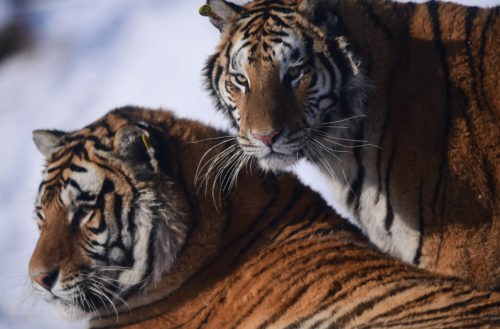Fans mourn loss of celebrity wildcat who helped underfunded Chinese zoo out of financial slump
At 3, the endangered feline became an internet sensation and a star attraction at a zoo that was struggling to make ends meet.
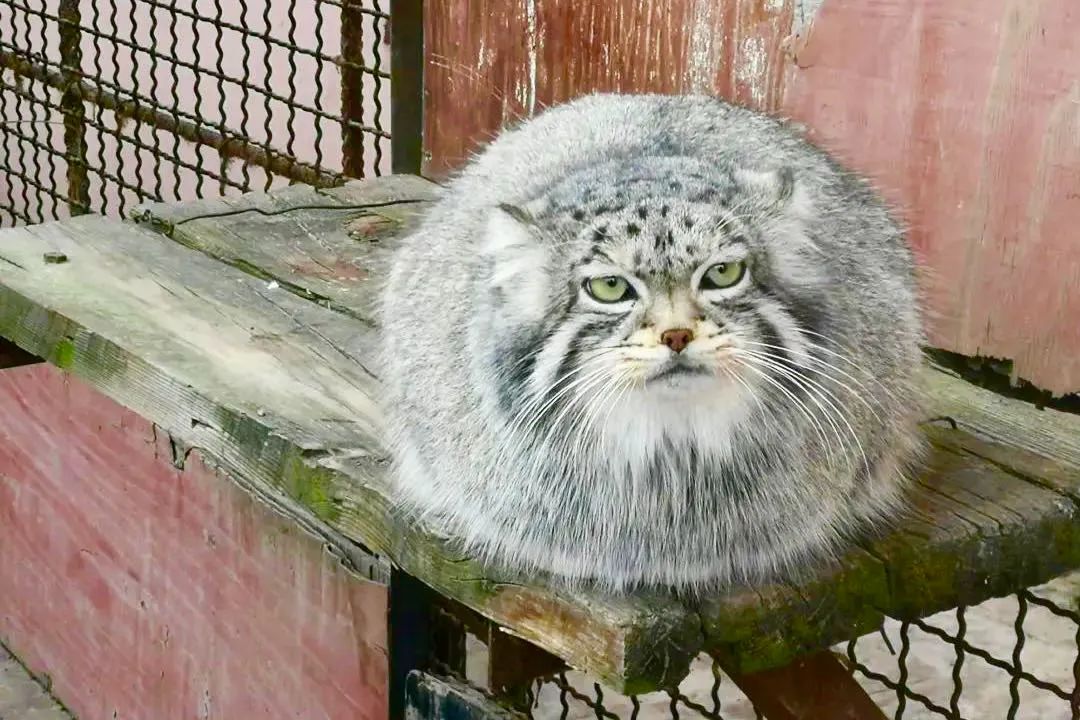
Sūn Sīmiǎo 狲思邈, a male Pallas’s cat who captivated an internet audience with his cute appearance and not-so-frisky attitude, and who helped educate the Chinese public about his species, died on Monday at the Xining Zoo in northwestern Qinghai province, where he had been kept for seven years as part of the facility’s captive breeding program.
A Weibo announcement made by the zoo said that the wild feline passed away on the morning of October 10 after choking on a piece of unboned chicken while being fed. He was seven. “Sun Simiao never got the chance to enjoy the vast wilderness or breathe the air of freedom,” it wrote. “But he spent his whole life raising awareness about his species and made remarkable contributions to the breeding and scientific research of Pallas’s cats.”
China news, weekly.
Sign up for The China Project’s weekly newsletter, our free roundup of the most important China stories.
The Pallas’ cat, also known as Otocolobus manul — tùsūn 兔狲 in Chinese — is a small wildcat that’s similar in size to a domestic feline pet. First discovered by German naturalist Peter Simon Pallas in 1776, they are recognizable by their unusual, adorable look: a flattened and rounded face, compact body, short legs, fluffy tail, and thick coat that keeps them warm in cold weather.
Naturally secretive, Pallas’s cats primarily inhabit cold and arid environments of rocky steppes and grasslands in Mongolia, China, and the Tibetan Plateau. The average lifespan of a wild Pallas’s cat is approximately 27 months, but it can live up to 12 years in captivity.
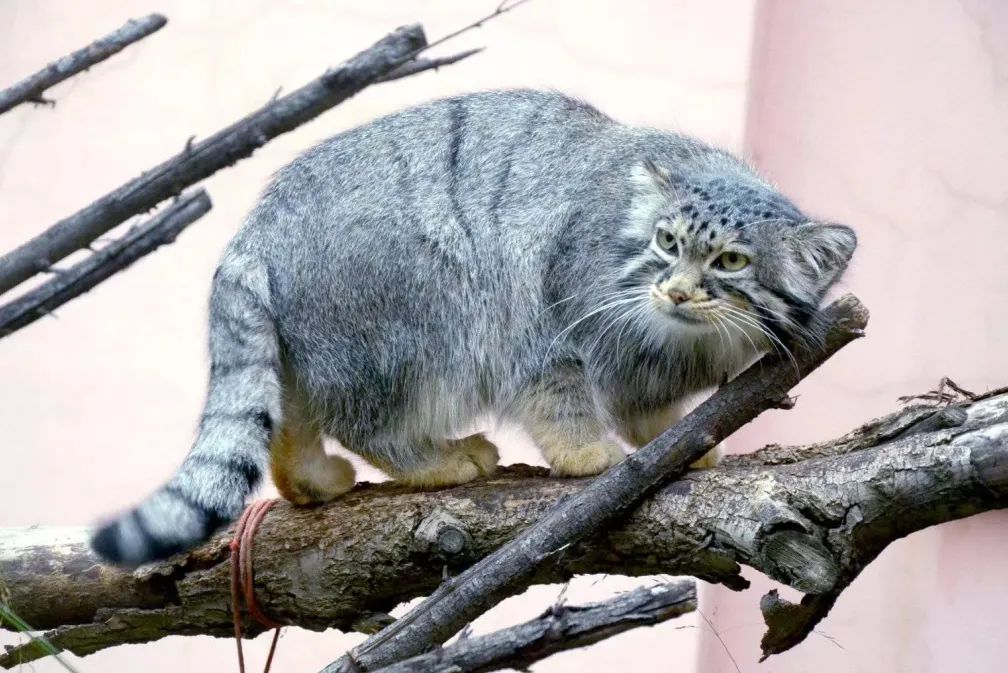
Globally, due to its widespread range and assumed large population, the Pallas’s cat — along with creatures like the Arctic wolf and megamouth shark — has been classified as a least-concern species (LC) by the International Union for Conservation of Nature (IUCN) since 2020. But in China, the elusive feline has been threatened with extinction and serious endangerment after being hunted for its fur for decades.
This knowledge didn’t reach the general public until Sun Simiao, who was the only captive male of the species in China, first rose to prominence in 2018, with videos and photos of him melting the hearts of animal lovers. The juxtaposition of his fluffy body with a piercing look of indifference launched a flurry of memes: people placed bold words on pictures of him as a way to express their own thoughts. His Chinese name, which is a homophone of “four seconds,” was given to him by online fans after the Xining Zoo recorded his first mating, which reportedly lasted four seconds.
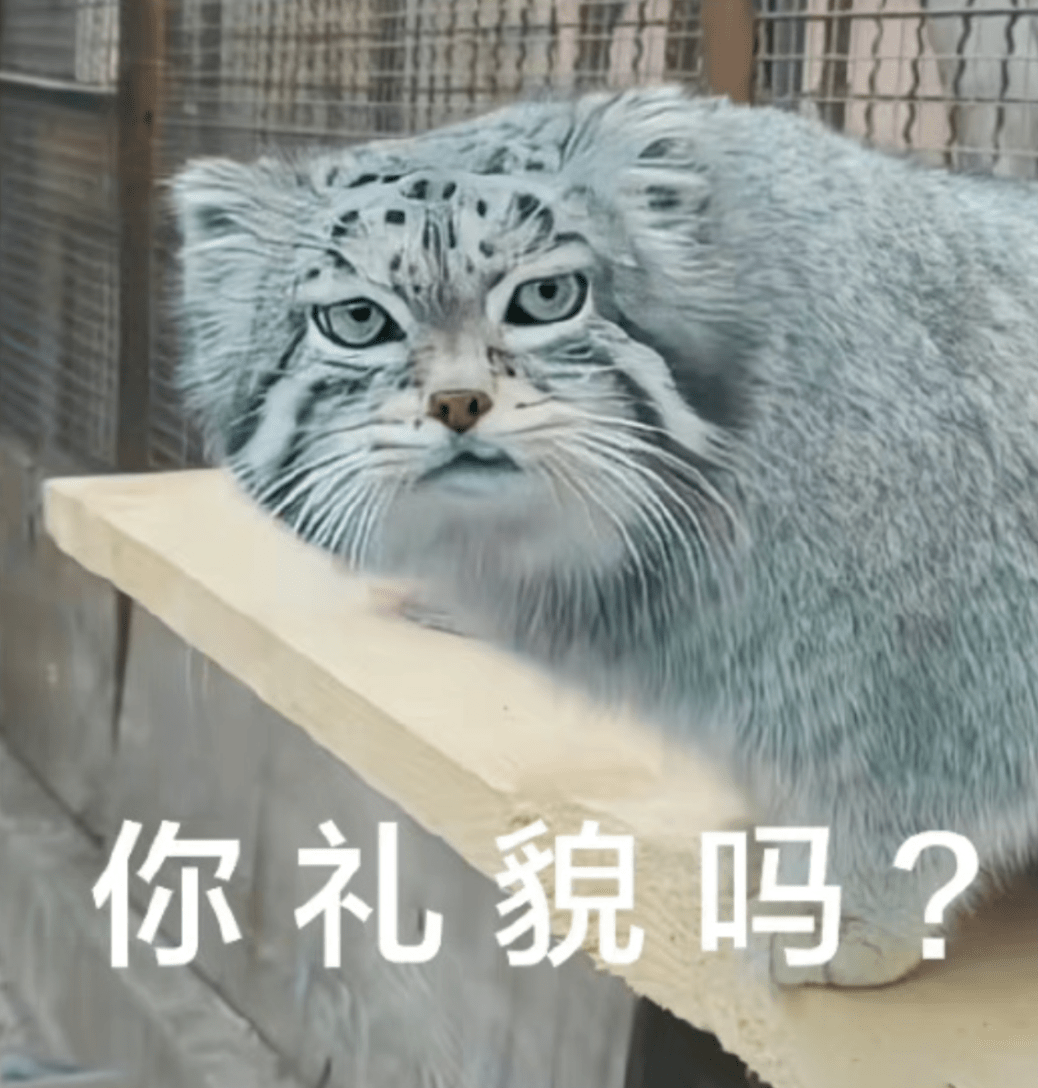
Sun Simiao’s unexpected death on Monday led to fans mourning him as if he was their own pet, having spent years aww’ing at his face. The news trended on Weibo within minutes of the announcement, spurring several hashtags that have been viewed millions of times and an outpouring of heartfelt tributes.
One Weibo user wrote, “Rest in peace, Sun Simiao will forever be in our hearts.” Another person said she was “sobbing” and “heartbroken” that he was gone.
The most underfunded and underrated zoo in China
While many fans took the sad news with a dose of positivity, thanking the animal for bringing joy to their life, others demanded the zoo reveal more information regarding the circumstances of his death, and raised questions about inadequate care.
In response, zoo staff told Chinese media that veterinarians were called in immediately after zookeepers found Sun Simiao lying still on the ground during their hourly check, but the incident “happened so fast that the cat had already passed the point of rescue.” Qí Xīnzhāng 齐新章, deputy director of the zoo, also fended off accusations of the facility putting the cat on the wrong diet, writing on Weibo that it’s common practice to feed Pallas’s cats bone-in raw chicken.
However, the zoo said it would conduct a comprehensive review of the accident and assess the risks in its feeding methods. “We will try to avoid similar tragedies from occurring again!” it wrote on Weibo. “We want to say sorry to Sun Simiao and the people who care about him.”
Sun Simiao and his twin sister, Sūn Xiǎomèi 狲小妹, claimed residency in the Xining Zoo (also known as the Qinghai-Tibet Plateau Wildlife Park) in 2015 after being found in the wild by a local resident, who later sent the pair to the zoo after discovering “untamed qualities” in them. In 2019, Sun Simiao and another female Pallas’s cat successfully mated and gave birth to a female kitten, who was the first captive-bred Pallas’s cat in the country.
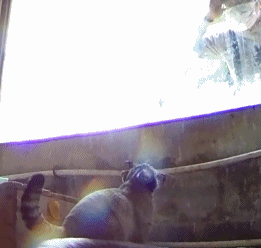
As the only zoo in Qinghai Province, the Xining Zoo — though severely underfunded — has a highly-respected reputation among Chinese animal protectionists and researchers for taking excellent care of rare animals native to the Tibet Plateau, such as snow leopards and bharals. It’s one of the earliest zoos in China to harness the power of social media, promoting its animals to attract visitors and donations.
Breeding Pallas’s cats in captivity is notoriously challenging. Their opportunity to breed successfully typically takes place from December to March, with female Pallas’ cats having a scant window of 46 hours every year to get pregnant. Between 1950s and 70s, the Beijing Zoo had a total of 16 Pallas’s cats, but its attempts to assist breeding among them never came to fruition. With the passing of Sun Simiao, the Xining zoo now has four Pallas’s cats left — all of them are female.



